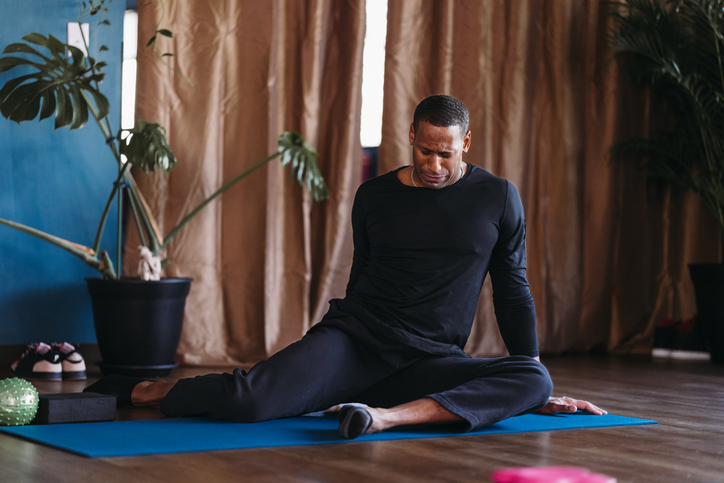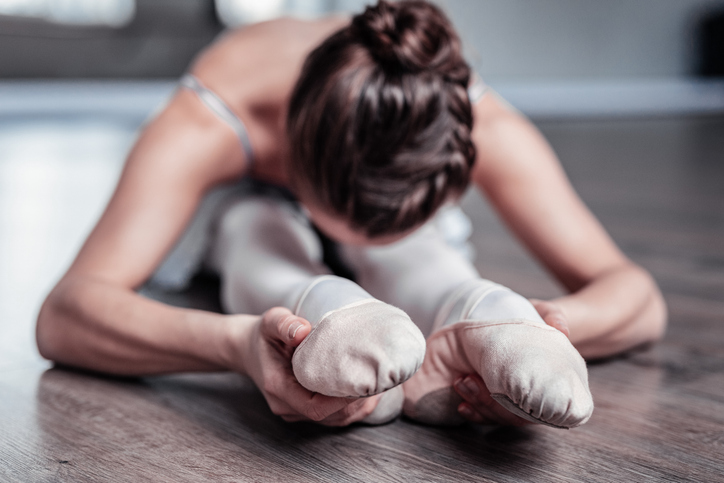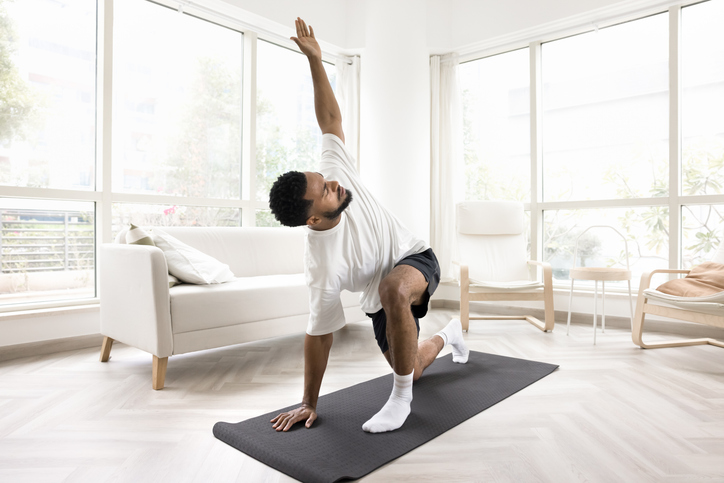You already know that stretching is necessary. It improves flexibility and mobility (one of many key parts of health) and reduces the chance of damage. And in the event you don’t stretch, the muscular tissues can shorten and grow to be tight, which might restrict your vary of movement and put you in danger for joint ache or a pulled muscle.
However stretching is barely useful if it’s achieved appropriately. There are a couple of widespread stretching errors that may result in the precise reverse of what you’re on the lookout for, equivalent to damage and inflexibility. Listed here are eight pitfalls to keep away from so you may enhance your flexibility and your exercises.
1. You’re Doing the Fallacious Kind of Stretching

There are two foremost kinds of stretching: static and dynamic. Static stretching is what you most likely bear in mind from fitness center class: steadily stretching a muscle and holding a pose for about 30 seconds. Whereas this can be a nice option to settle down from a exercise or improve basic flexibility, analysis means that static stretching earlier than a energy exercise may very well trigger a lower in efficiency.
“Throughout a warm-up, you wish to do dynamic stretching, which reinforces muscle activation and prepares muscular tissues to be highly effective via a full vary of movement,” says Trevor Thieme, CSCS. Dynamic stretches embody lunges, trunk rotations, leg swings, and leaping rope.
For the post-exercise “cool-down” interval, you may deal with static stretching to loosen up the muscular tissues and launch pressure. “Each kinds of stretching will help improve mobility,” Thieme says. “However one excites muscular tissues whereas the opposite calms them down.”
2. You’re Bouncing Whereas Stretching
Utilizing momentum from bouncing to pressure a muscle to stretch previous its regular vary (a.ok.a. ballistic stretching) might really feel prefer it’s serving to you improve your vary of movement. However as an alternative of loosening the muscle, this kind of fast stretching motion can truly trigger the muscular tissues to tighten — a contraction often known as the myotatic reflex or “stretch reflex.” This will result in accidents like muscle or tendon tears, Thieme says.
3. You’re Stretching Injured Muscle tissues
Stretching injured muscular tissues is “a giant no-no,” Thieme warns. Muscle strains usually occur when a muscle is stretched past its restrict, so stretching it additional can irritate the damage. As an alternative, use the POLICE protocol (safety, optimum loading, ice, compression, and elevation) to assist the muscle heal.
4. You’re Overstretching

Whereas some discomfort is to be anticipated, you must by no means be in ache whereas stretching. “Overstretching may end up in muscle strains or extreme neural pressure [stretching of the nerves],” says Lindsay Sudell, MOT, OTR/L, CFSS-3, CPT of Merely Stretch LA.
Overstretching can even result in hypermobility, “which is when a joint is simply too unfastened and thus unstable,” Thieme says. Know your limits if you’re stretching, and don’t pressure your self to transcend them.
5. You’re Not Stretching Constantly
It’s going to take various sporadic stretching periods to attain the pliability of a gymnast. Ideally, your stretching periods ought to be average and frequent moderately than intense and occasional.
“So as to obtain bodily, everlasting change, stretching should be constant for six to eight weeks,” says Sudell.
6. You’re Rushing By way of Your Stretches
“Individuals typically don’t stretch for the suitable period of time,” explains Sudell. She recommends aiming for 30 seconds or much less for pre-exercise stretches. For post-workout static stretching, goal to carry every stretch for at the very least 60 seconds.
7. You’re Not Doing Sport-Particular Stretches

Sport-specific stretches “could be something focused towards actions {that a} specific athlete wants,” Sudell says. For instance, she says, golfers might deal with stretches that enhance their spinal rotation and hip mobility, to allow them to hit the ball with maximal energy. Sprinters can heat up with dynamic stretches that simulate operating and explosive actions, like strolling lunges, butt kicks, and excessive knees.
Analysis additionally exhibits that static stretches are higher fitted to athletes who want flexibility (like gymnasts or dancers), whereas dynamic stretches are particularly useful for many who have to run or soar (like basketball gamers or runners).
8. You’re Ignoring Your Respiration
Deep, diaphragmatic respiratory “will help loosen up tense muscular tissues, and when paired with stretching, can permit for a fair deeper stretch with out growing the chance of damage,” Thieme says.
As well as, respiratory enhances the therapeutic impact of stretching, Sudell says. Analysis exhibits that diaphragmatic respiratory can assist the physique get well after an intense exercise. The correct option to breathe throughout a stretch is to slowly inhale via the nostril, maintain for a second, then launch the breath via both the mouth or nostril, holding the diaphragm and stomach mushy and relaxed.

